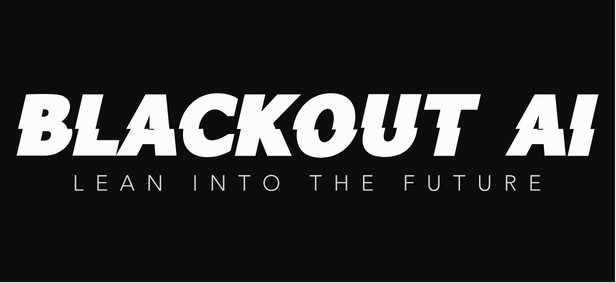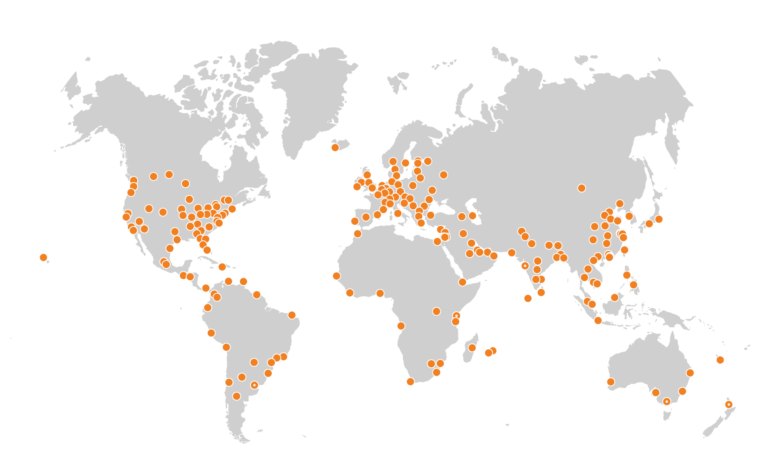It’s not that Artificial Intelligence will be the end of us all—not yet at least—but there’s growing consensus that Silicon Valley might one day view this period as the moment when the generative AI frenzy took a risky leap.
This past summer, questions arose about whether the stock market’s AI darlings could sustain their craze, given the rapidly growing investment in unproven AI ventures. As autumn nears, the AI sector—encompassing chips, large language models (LLMs), and AI-integrated devices—has regained some investor confidence. But there are several key reasons why caution may be more cautious than ever.
Cerebras: A Chip Challenger with Significant Risks
Silicon Valley loves a good underdog story, and Cerebras fits the mold, positioning itself as a challenger to Nvidia’s dominance in AI processors. While Nvidia saw its market cap leap from $364 billion in early 2023 to over $1 trillion by mid-year, Cerebras has garnered attention by developing AI-optimized processors that could revolutionize large language models.
However, Cerebras’ reliance on a single major customer, Abu Dhabi-based AI firm G42, is a growing concern. In 2023, G42 accounted for 83% of the startup’s revenue, and that percentage rose to 87% in the first half of 2024. Even with a new partnership with Saudi Aramco, investors remain wary. If Cerebras moves forward with its planned IPO seeking a $7-8 billion valuation, it will need to reassure the market that this dependence doesn’t pose a long-term threat.
Meta’s Bold Gamble on AI Wearables
Meta is betting big on AI-powered wearables with its newly unveiled augmented reality glasses, codenamed Orion. These glasses, designed to integrate AI into everyday life, have garnered support from tech titans like Nvidia CEO Jensen Huang. However, they come with a hefty production cost of $10,000 per unit—far beyond the reach of the average consumer.
Meta is no stranger to high-profile AI ventures, but consumer buy-in will be key. Previous attempts to mainstream AI-powered wearables—such as Google Glass, Snap’s Spectacles, and the Humane AI pin—have all failed to gain traction. Can Meta buck the trend, or will Orion face the same fate as its predecessors?
Generative AI’s Regulatory Scrutiny and Ethical Concerns
As generative AI continues to evolve, the ethical landscape surrounding it becomes more precarious. Recent debates on how AI should be regulated are adding to the growing apprehension. In the U.S., lawmakers are scrambling to craft legislation that balances innovation with ethical concerns, but global perspectives are beginning to diverge. Europe, for instance, is pushing forward with the AI Act, aimed at placing strict limitations on high-risk AI technologies, which includes generative AI.
Furthermore, discussions around the role of AI in spreading disinformation, privacy violations, and economic disruption are intensifying. Regulatory measures, like the EU’s General Data Protection Regulation (GDPR), have set the bar for data privacy, but generative AI’s capabilities are creating new challenges for enforcement. As regulatory frameworks develop, companies will need to adapt quickly to avoid becoming casualties of a regulatory backlash.
The Road Ahead
So, where does this leave the generative AI ecosystem? OpenAI has to prove it can sustain its $157 billion valuation while grappling with mounting losses and leadership shakeups. Cerebras must find ways to diversify its revenue streams beyond its primary client, G42. And Meta will need to lower costs and win over consumers to make AI wearables mainstream.
The generative AI craze has led to an unprecedented wave of innovation, but as we’ve seen in previous tech booms, the higher the stakes, the more perilous the road. Whether AI will deliver on its promises or fall victim to its own hype is a question that only time will answer.
— Blackout AI editors









+ There are no comments
Add yours